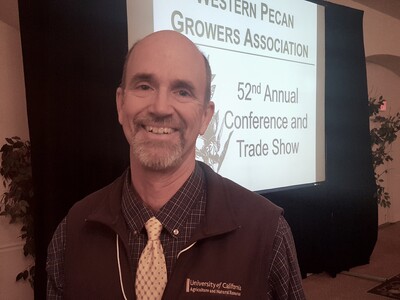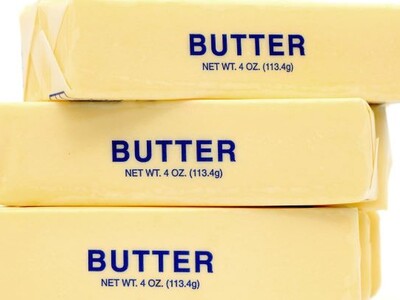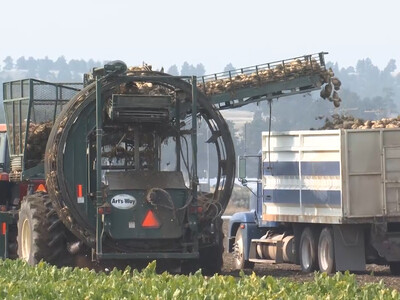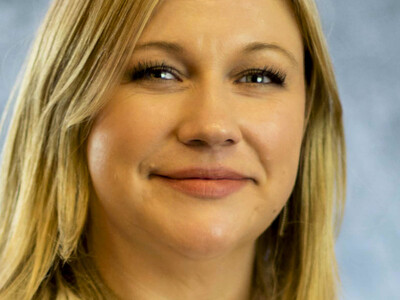Eat what you kill
A couple of years ago, apple grower Scott McIlrath, owner of McIlrath Family Farms in Tieton, Washington had an apple crop that was sparse. He was paying his apple pickers by the hour. But when the workers discovered that the apples they were picking were large, it turned out they were filling the apple bins very quickly, which led them to ask for a piece rate instead. Their wish was granted and production doubled or tripled when the piece rate formula was introduced.President of the Yakima Valley Farm Bureau Frank Lyall, a farmer himself, has strong thoughts about this subject: "The piece rate, I think both labor and management or both your workers and your farmers, look at that is a win-win. It allows the employer to pay for the productivity of the worker assuming he's working above minimum wage levels and the worker is rewarded for his hard work, his skill, ability and quality. The employer is getting more work and more efficiency from the deal. It's a positive for both sides of the labor management equation. There is a huge motivational factor in the piece work rate model and frankly you're more motivated employees look for piece rate because it's a way for them to better themselves and their family and also it is a way to develop skills."














